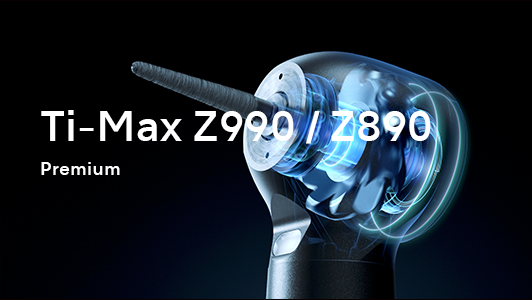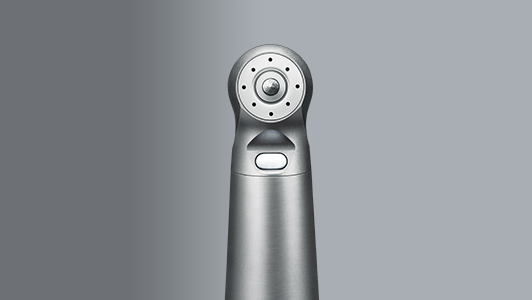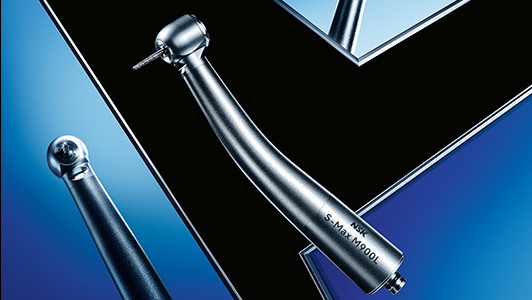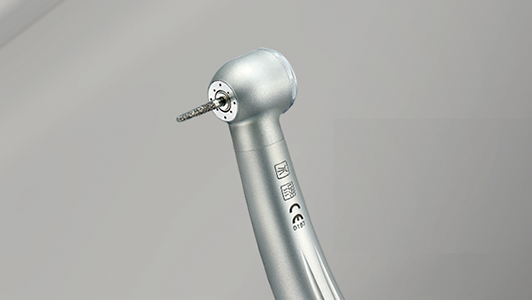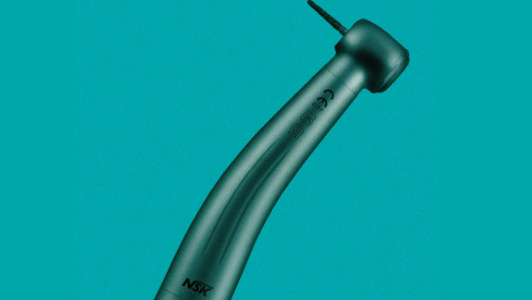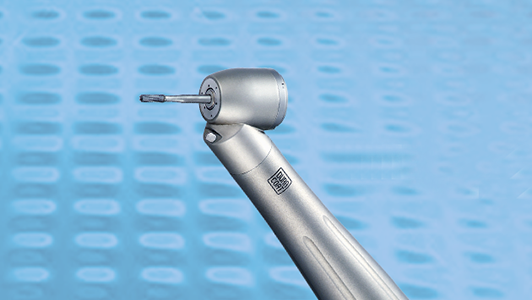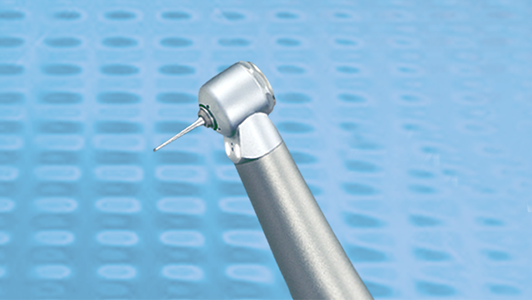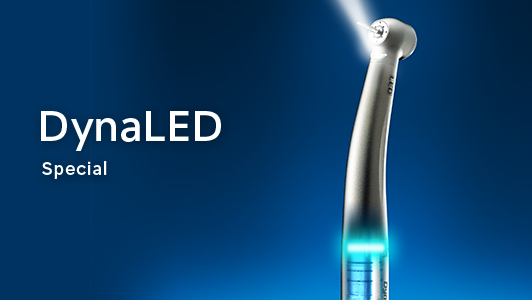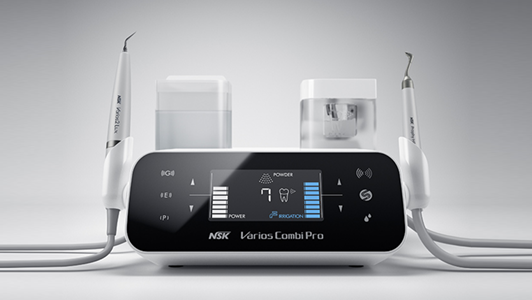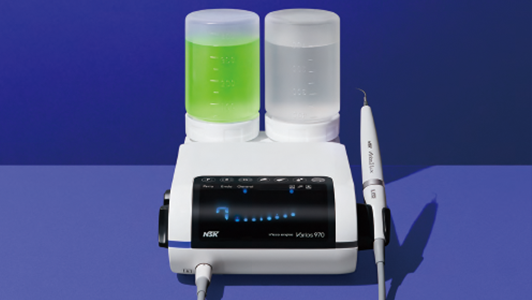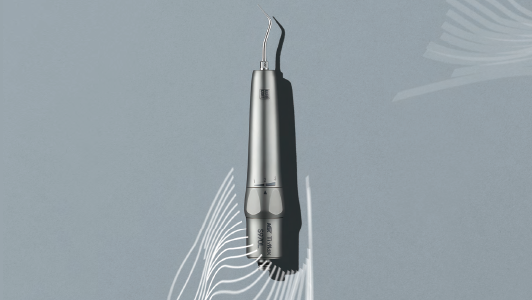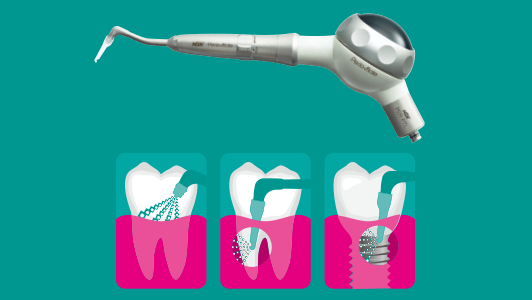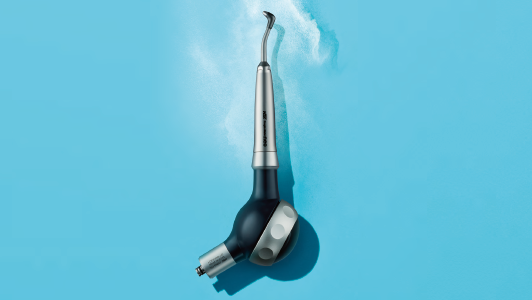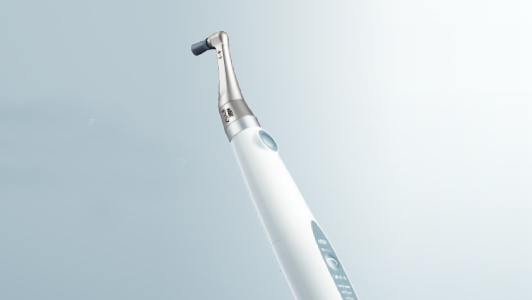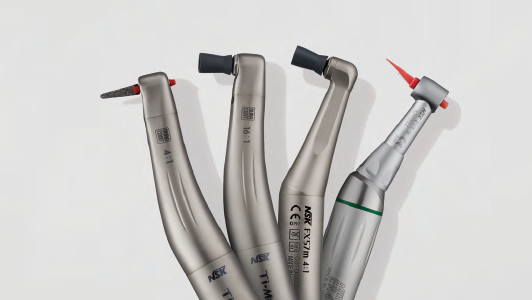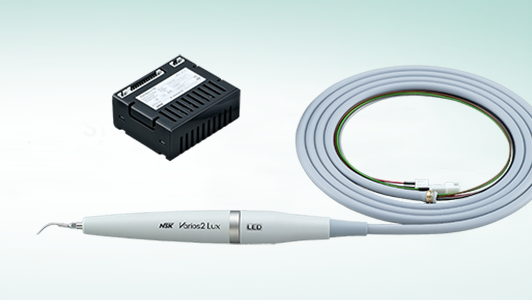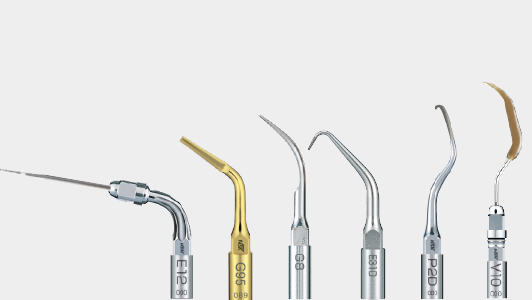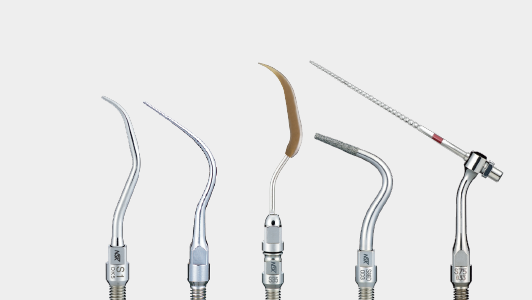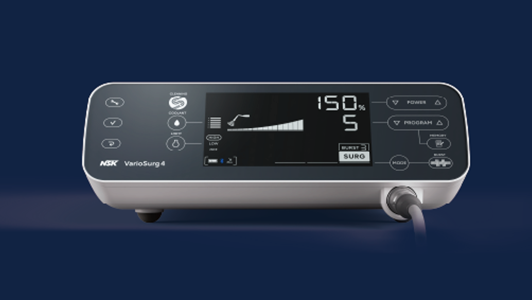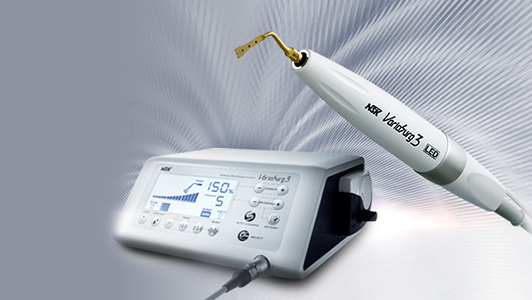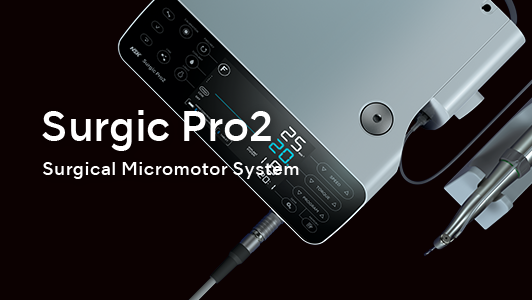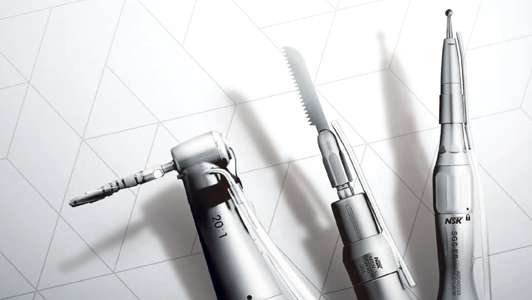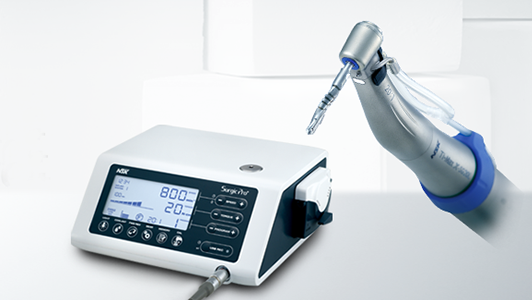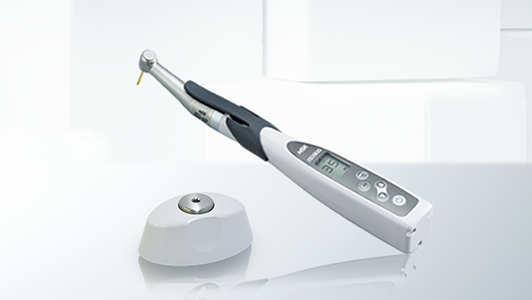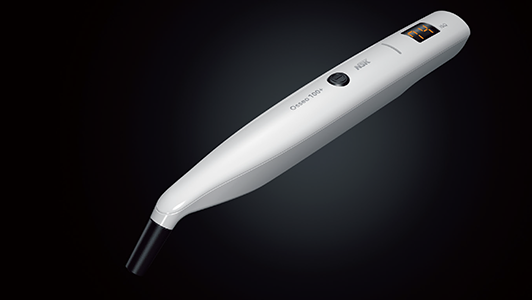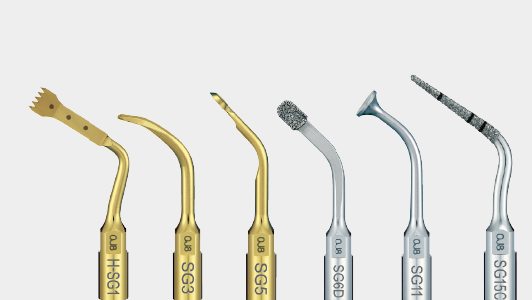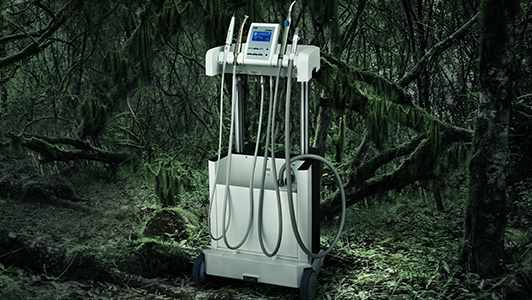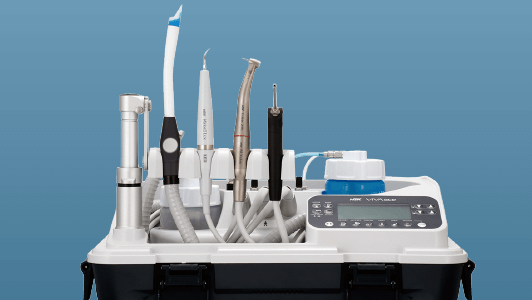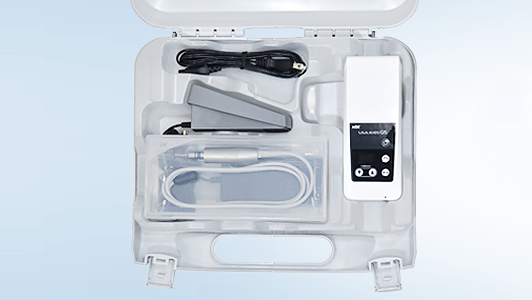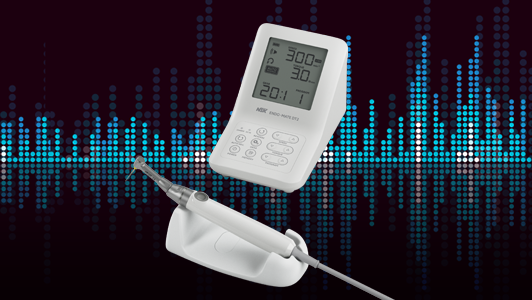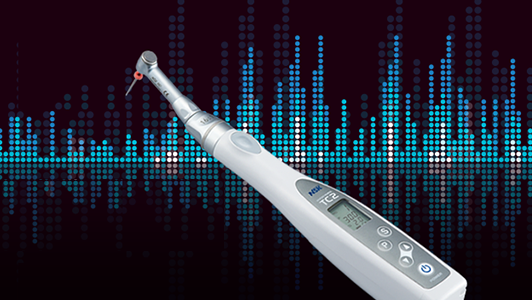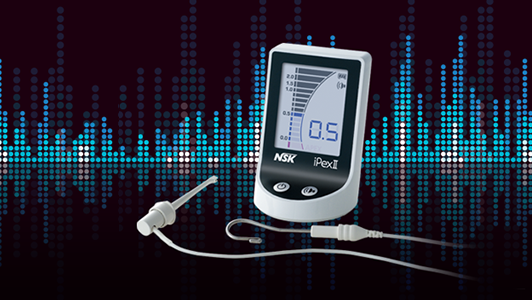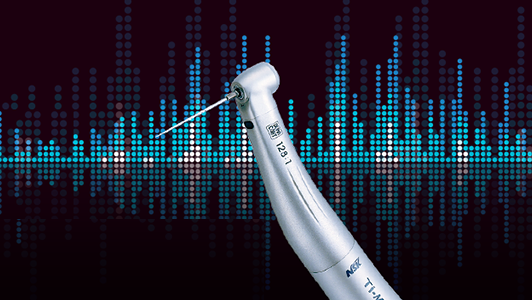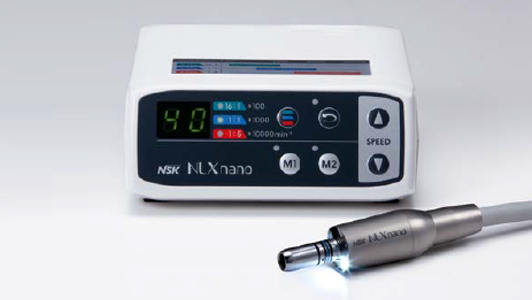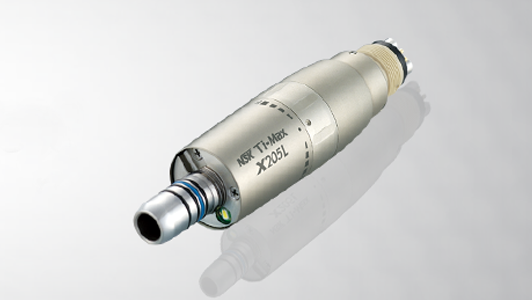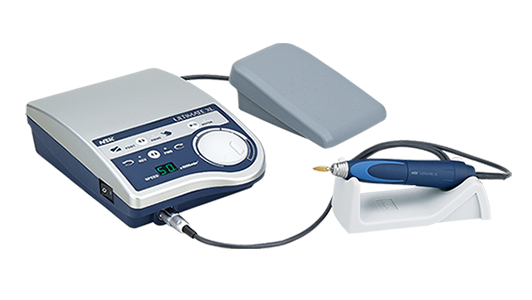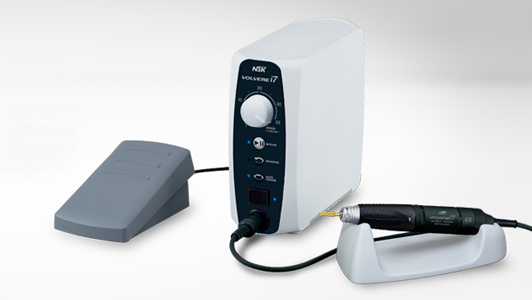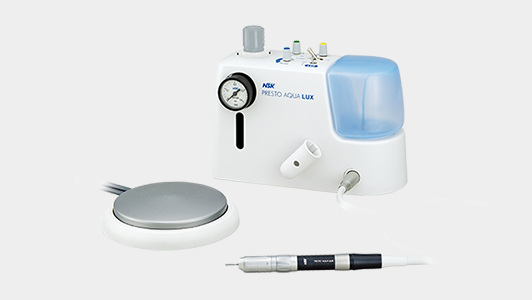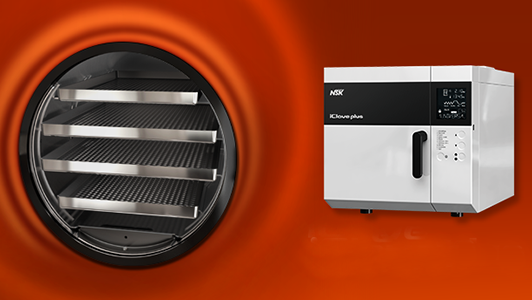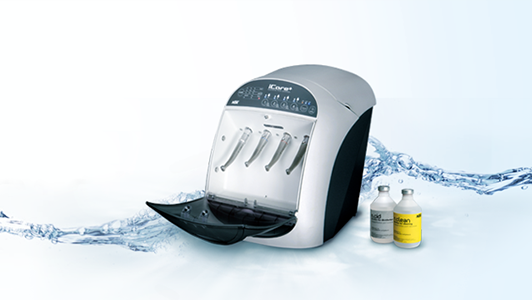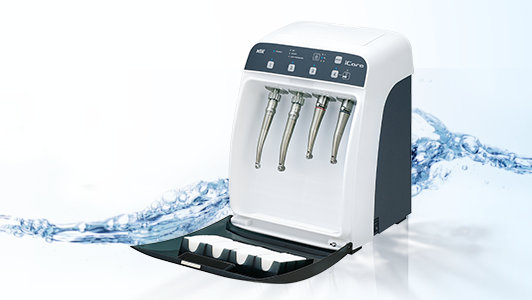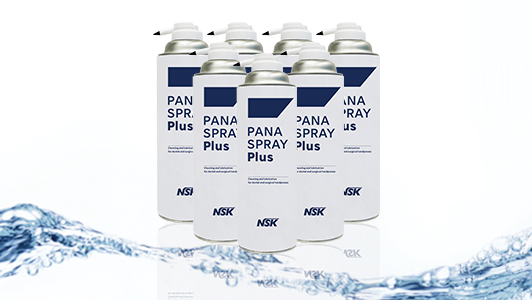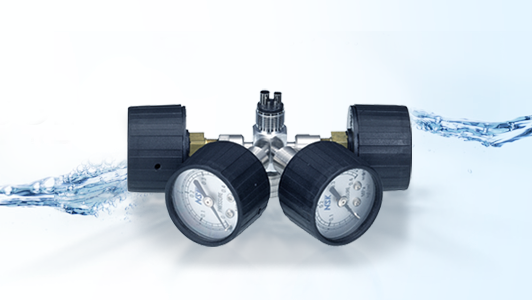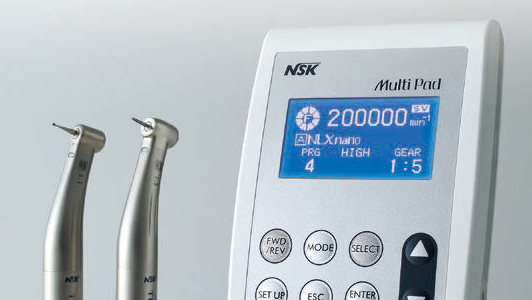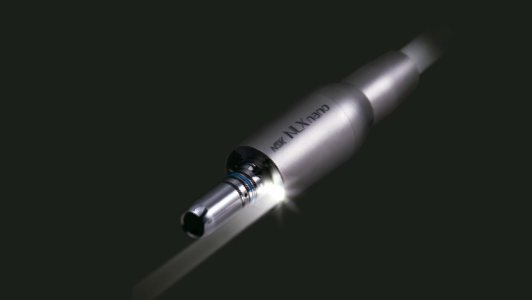Why using a piezoelectric bone surgery system is an essential tool in dental implant and oral surgery
A piezoelectric bone surgery system is an essential tool in modern surgical and implant procedures including bone surgery, sinus lifts, extractions and implant site preparation. The latest piezoelectric devices have been developed for the selective cutting of bone using ultrasonic vibration without damaging the adjacent soft tissues such as blood vessels, mucosa or nerves. They offer outstanding visibility in the operating field and ultra-precision cutting with a wide variety of tips, all without the generation of heat, even during extended use.
Piezoelectric handpieces
In piezosurgery, what is important is the balance between control unit frequency, handpiece vibration and tip design to deliver the most efficient cutting performance while taking the strain out of delicate procedures.
Piezoelectric devices typically consist of a slim, lightweight and balanced handpiece to minimise hand and finger fatigue, especially during long procedures. While older models use a halogen light source, the latest handpieces feature twin light-emitting diodes (LEDs) to generate natural daylight-quality light to illuminate the treatment area for greater accuracy and shorter treatment times. LED light sources are longer-lasting and more durable than halogen, they do not overheat and having a twin light source eliminate shadows in the oral cavity. LED handpiece illumination can be adjusted with a push of a button on the control unit with a choice of intensity levels to suit the ongoing procedure.
The wide variety of tips available for different applications are designed to preserve tissue, maintain cutting speed and cut easily into bone. Saw-like teeth on an uneven blade edge working with a water spray are designed to reduce clogging to maintain cutting speed. The cavitation effect and constant irrigation provide a virtually bloodless procedure that ensures clear visibility of the surgical site.
Advanced control unit
The key to the performance of the handpiece is the power of the base unit it is connected to. In a unit such as NSK’s VarioSurg3, switching from Surg Mode to Burst Mode during procedures creates a hammer drill effect capable of cutting through even the hardest of tissues. There are three operating modes P (Perio), E (Endo) and S (Surgical) in order to pre-select the correct power range for the different tips.
The Feedback Function constantly monitors the performance parameters of the piezosurgery unit during operation and simultaneously controls the power unit to optimise the level of power depending on the procedure.
Sinus lifts
When patients do not have enough bone for surgical procedures clinicians may have to augment the sinus via a lateral window sinus lift. This involves opening a window in the lateral wall of the maxillary antrum and elevating the thin sinus membrane from the inferior aspect of the antrum to facilitate the placement of graft material between the membrane and sinus floor.
It is a very delicate procedure to make a window in the lateral wall, which is often made of very thin bone, and to elevate the very thin sinus membrane. The membrane can be as thin as the lining of an egg and calls for very gentle surgical technique. A straight surgical handpiece and round bur have traditionally been used for preparation of the lateral window. However, this brings with it the likelihood of the high-speed bur touching the membrane and causing a perforation. A perforated membrane needs to then be repaired – usually with a collagen membrane, thus extending treatment time and increasing cost. If the perforation in the membrane is too large, the procedure may need to be abandoned.
It is better to use a piezo handpiece than a bur because the tips only cut bone and do not damage the membrane. This takes away a lot of the stress for the clinician whilst giving them far more control over the entire procedure and ultimately the comfort of their patients.
A recent meta-analysis published in 2018 from the University of Basel, Switzerland looked back over 35 years of studies (1980-2015) that had assessed the effectiveness of piezosurgery devices compared to conventional rotating instruments. Sixty-nine studies met their inclusion criteria and the overall result of the study was that there was a clear statistically-significant benefit in using piezosurgery units for lateral window sinus augmentation procedures. The sinus membrane perforation rate was only 8% using piezo compared to 24% using conventional rotating instruments.(Jordi, Mukaddam, Lambrecht, & Kühl, 2018)
Linking power and performance
For both oral surgery and implant work, alongside the VarioSurg3, clinicians routinely use a surgical micromotor. NSK’s Surgic Pro+ is a compact, stylish and fully integrated system incorporating NSK’s unique Advanced Handpiece Calibration (AHC). By individually calibrating each handpiece to the micromotor, AHC guarantees accurate speed and torque control, consistent with the real-time performance shown on the LCD. It is easy to programme, memorising up to eight different implant systems and the inbuilt range of speed and torque settings means it can be used with any implant system brand.
The NSK Link Stand allows the VarioSurg3 and Surgic Pro to be conveniently linked together using a single foot control offering hands-free operation of functions such as forward and reverse selection, speed control, coolant flow and programme selection. The LED display screen clearly indicates which system is active ensuring safe and accurate operation, greatly streamlining treatment whilst taking the strain out of delicate procedures.
Safe and predictable results
A piezosurgery system using ultrasonic vibrations to cut bone intraorally has made what were once difficult procedures become more controlled and led to an increase in outcome predictability. Because the system generates little heat and will not harm soft tissue it makes surgical procedures safer and less traumatic for the patient and reduces the stresses and strains on the clinician. The literature supports this as it has been shown in randomised controlled trials that postoperative pain following dental surgery is reduced with statistical significance when piezosurgery units are used rather than conventional cutting systems.(Arakji, Shokry, & Aboelsaad, 2016)
With the wide choice of ultrasonic equipment now available it is worth investing in a system that offers a warranty, training and excellent customer support. NSK’s attention to detail, quality and manufacturing processes is very reassuring for a system clinicians use all day, every day. Having the best equipment allows clinicians like myself to feel they are delivering the best treatment they can for their patients – something that always has been and continues to be a priority for me in my daily practice.
 Dr Craig Mallorie
Dr Craig Mallorie
Dental Surgeon with Practice Limited to Dental Implants and Oral Surgery
BDS (Hons) Wales. MJDF (RCSEng) London. Grad Dip Clin Dent (Oral Implants) Sydney, Grad Dip Clin Dent (Dental Sedation) KCLondon, Pg Cert (Clinical Education) Edinburgh, MClinDent (Oral Surgery) London
Graduate of the UCLA Master Implant Clinician Program with Top Honours
References
Arakji, H., Shokry, M., & Aboelsaad, N. (2016). Comparison of Piezosurgery and Conventional Rotary Instruments for Removal of Impacted Mandibular Third Molars: A Randomized Controlled Clinical and Radiographic Trial. International Journal Of Dentistry, 2016, 8169356-8169356. doi: 10.1155/2016/8169356
Jordi, C., Mukaddam, K., Lambrecht, J. T., & Kühl, S. (2018). Membrane perforation rate in lateral maxillary sinus floor augmentation using conventional rotating instruments and piezoelectric device—a meta-analysis. International Journal of Implant Dentistry, 4(1), 3. doi: 10.1186/s40729-017-0114-2
